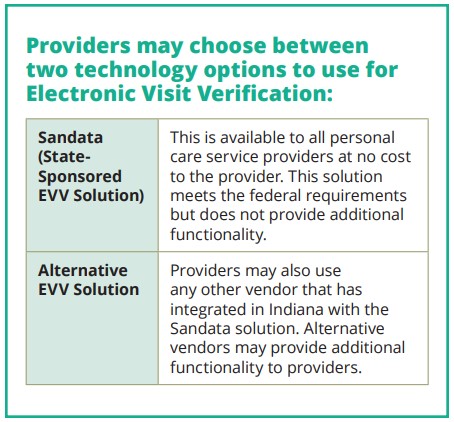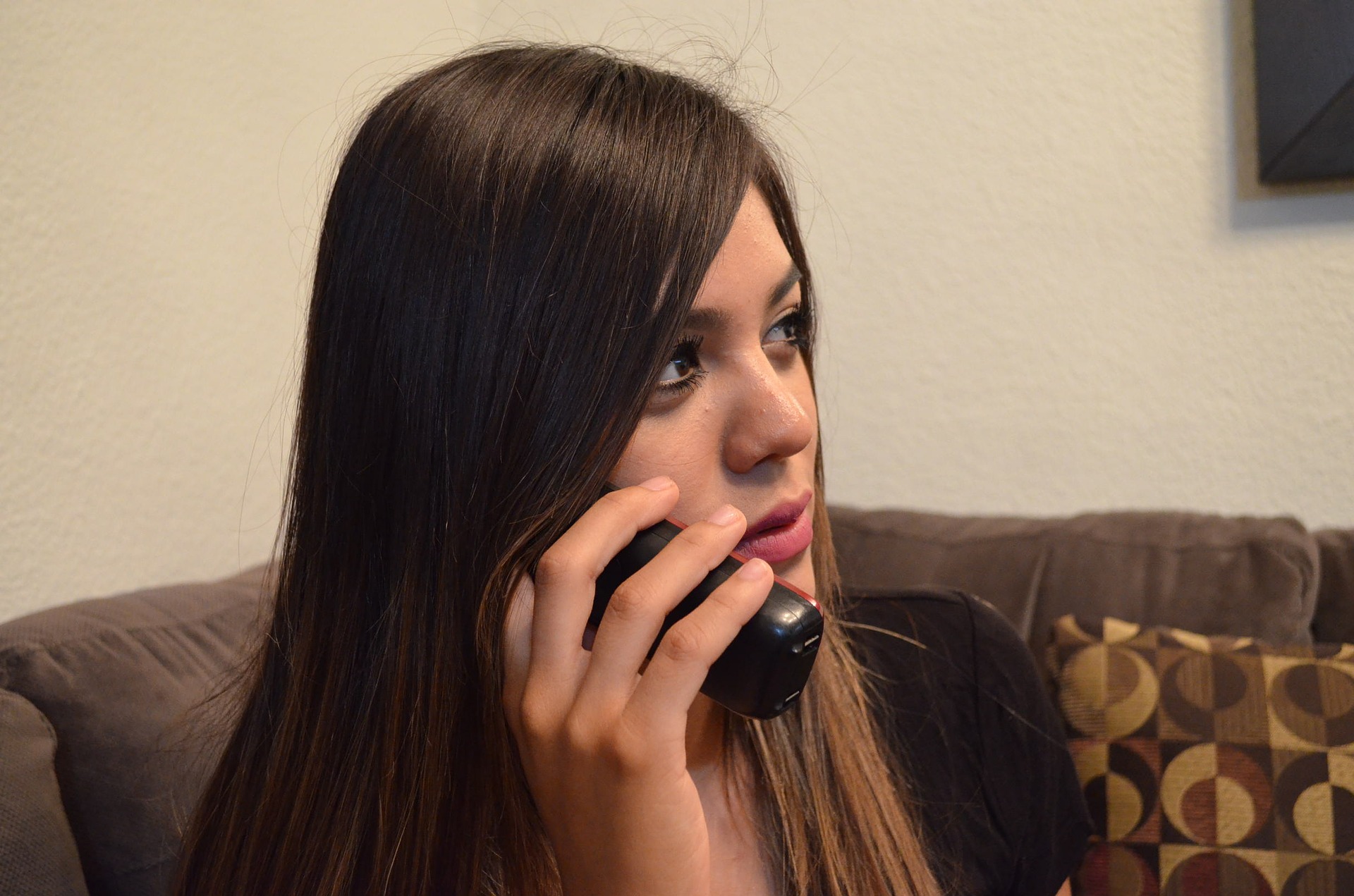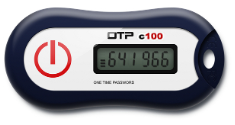 The Home Care Industry is one of the most important and fastest growing industries of our time, but unfortunately there’s a proven history of fraudulent paper time sheets from some bad actors, and the industry needs to move forward on a basis of trust and integrity.
The Home Care Industry is one of the most important and fastest growing industries of our time, but unfortunately there’s a proven history of fraudulent paper time sheets from some bad actors, and the industry needs to move forward on a basis of trust and integrity.
Electronic Visit Verification (EVV) is the answer. In a nutshell, EVV means that home care agencies need to prove “electronically” that their visits happened.
There’s a lot to learn and know about EVV. We’ve broken it down as follows:
Managing a home care business with paper time sheets is hard. If you do it right, caregivers need to record arrival and departure times and care tasks, then get signatures, and bring the time sheets to the office. Next, the office needs to review them and key them in so that billable and payable time can be computed.
In the early days of home care, people didn’t have smart phones or ubiquitous Internet access, but a technology solution emerged. Systems were built where caregivers could make a phone call from the client’s home phone to report their arrival and departure. This technology is generally called telephony (pronounced teh – leh – fun – knee). Since the calls are made from the client’s home phone, “caller ID” can be used to verify that the caregiver is there. Telephony was the beginning of EVV and continues to be the most prevalent EVV method. Over time caregivers got smart phones and mobile apps emerged for recording arrivals and departures. These mobile apps use GPS location services to verify the location of the clock-in and clock-out.
At the end of 2016, a law was enacted with strong bi-partisan support called the 21st Century Cures Act. Among the many health care improvements activated in that law was the EVV mandate. For Medicaid reimbursed Personal Care Services, the mandate set the deadline for EVV compliance to January 1st, 2019. That was subsequently updated to 2020 with a provision that if a state is making a “good faith effort” to comply with EVV that they could request an extension to January 1st, 2021. Most states have filed for that extension and the requests have been granted. You can look that up for your state here. As a side note, the law also requires EVV for Home Health Care Services (like post-acute nursing and physical therapy) by 2023. As you can tell, this eBook is written for practitioners. If you want more detail and official explanations of the legislation from the government, there’s a good paper here.
Personal Care Services, the mandate set the deadline for EVV compliance to January 1st, 2019. That was subsequently updated to 2020 with a provision that if a state is making a “good faith effort” to comply with EVV that they could request an extension to January 1st, 2021. Most states have filed for that extension and the requests have been granted. You can look that up for your state here. As a side note, the law also requires EVV for Home Health Care Services (like post-acute nursing and physical therapy) by 2023. As you can tell, this eBook is written for practitioners. If you want more detail and official explanations of the legislation from the government, there’s a good paper here.
Click here "to next section" to learn what information you’re required to collect to comply with the 21st Century Cures Act.
The required data collection for EVV (from the 21st Century Cures Act) is spelled out below, but keep reading after the list:
The list seems straight forward but there are many ways that you may be required to convey the information, as required by your state. Plus, some states are going further. For example, Missouri requires you to also report the tasks that were completed on the visit.
A lot of US health care legislation and other matters are discussed on a national level, but EVV is often discussed on a state-by-state basis. The reason for this is that most government-paid home care is covered by Medicaid, which is administered by each state. As a quick background, there is a federal government organization called the Committee for Medicare and Medicaid Services (CMS). CMS oversees Medicare which is a national program providing healthcare for the elderly (65 and over) and the disabled. Medicaid provides benefits for healthcare and other social care services to the poor. As mentioned earlier, Medicaid is administered on a state by state basis.
Click here "to next section" to learn about the EVV deployment models available for the states to choose from.
The regulation offered four (4) different models for the states to implement EVV. The models are described here:
The home care agency chooses the software that they wish to use (or stay with their current vendor) but the software provider needs to submit EVV information and claims in accordance with the state’s rules. Sometimes the state offers a sponsored solution as shown below:

The state chooses what system providers need to use (either a state-provided system or an external vendor) and in many cases they offer it for free to the providers.
The state is still determining their EVV model.

There are generally 3 ways to confirm the location of service in EVV. Some software vendors offer all three and make them interchangeable (so that you can use different methods with different combinations of clients and caregivers). The 3 methods are as follows:
Caregivers clock-in from the client’s home phone and verify their location via caller-ID.

Caregivers clock-in from the client’s home phone and verify their location via caller-ID.
Caregivers clock-in using a GPS enabled mobile app, and location is verified via GPS location. Learn more about EVV Mobile Apps here.

Caregivers clock-in using a GPS enabled mobile app, and location is verified via GPS location. Learn more about EVV Mobile Apps here.
A token device is affixed in the home that provides a new code every minute. The caregiver enters the FOB code and the software looks it up to determine their arrival and departure time.

A token device is affixed in the home that provides a new code every minute. The caregiver enters the FOB code and the software looks it up to determine their arrival and departure time.
Whereas the information above is all fact-based. The rest earns credibility based on our observations of the thousands of daily users of Ankota’s EVV software and prospects that we’re speaking to on a regular basis.
Some agencies have been resisting the mandate because the deadlines have been extended. We’re now seeing the state EVV programs go live on a regular basis, so now is the time.
A lot of agencies have only offered telephony as an EVV solution. But due to the trend away from home phones, telephony is not enough. Telephony only agencies have historically kept their clients with home phones on paper timesheets or have allowed the caregivers from these clients to dial in for their cellphones. These alternatives will not cut-it in the EVV era.
Let’s put ourselves in the shoes of the state agencies who need to enforce the EVV mandate. Their top objectives will be to make sure that care is being delivered. They don’t want to put home care agencies out of business. Having said that, they’ll begin receiving the “full EVV attributions” shortly and will need to put enforcement in place. So, if they see some agencies where 98% of the visits are reported with EVV and 4% have errors that resulted in corrections, and then they see other agencies where only 20% of the visits are being reported with EVV, they’re going to focus on the agencies with 20% compliance.
Whatever choice your state made for EVV took them a long time and if they have mandated a solution, they either invested a lot to build it or they have a multi-year contract with the vendor that they chose. The typical objections that agencies have with the state-mandated solutions are that 1) many agencies feel that the state-mandated software is a step back from what they had selected on their own. 2) most agencies have non-Medicaid clients like private pay, VA, county programs and more and don’t want to use the state software for that. 3) Even worse, there have been situations where different MCOs in the same state have mandated different software.
Check out this blog on EVV state-by-state implementation.
As explained above the states might not have an immediate choice in changing their EVV model, but if it’s not working, you be sure to communicate the issues to the state so that they can address them or shift models for the good of the program.
Contact Ankota if you need EVV Software:
Hopefully, you’re all set with EVV in your agency or will get their soon. That’s great, but no agency is perfect. Here are some best practices for managing the EVV errors that your agency will experience:
Some caregivers will struggle with EVV. It’s usually very easy to use and the biggest issues are fear of technology or fear of change. If you have caregivers who are habitually non-compliant, you’ll be at risk for not getting paid for work done by those caregivers. We said above that we expect the states will first focus on agencies with overall low compliance but keep in mind that the state will instantly know the compliance levels of each client and each caregiver. So, once your system is in place make sure to provide the training or handholding needed to get your caregivers on board. Learn more Preparing Caregivers to Adopt EVV.
If you have caregivers who don’t get on board with EVV after training and/or handholding, they might be committing fraud. If they won’t become compliant, you’ll likely need to move on from them. For tips on getting those caregivers on board, check out our post on How to Handle Stragglers.
Even highly compliant agencies will have visits with errors. Most of them are unavoidable or they’re honest mistakes. The client might need help right when the caregiver arrives, so they forget to clock-in. Maybe they were asked to pick the client up from the doctor’s office, so the GPS won’t match. These types of errors, and more, will occur regularly. You will need to correct the times and document the reason for the other errors. Most agencies require the caregiver to get a paper time sheet signed for that visit when this occurs. If you're looking for more guidance on handling these situations, our blog on time sheets after the fact offers some great advice here.
For caregivers who have compliance issues, they will share their excuses with the schedulers. The best defense when the caregiver says that the EVV system didn’t work is to say, let me try to dial in while you’re on the phone. When the office makes the call and it works fine, the caregiver will lose their excuses and start complying.
EVV Aggregators Explained: A Simple Guide for Home Care Providers